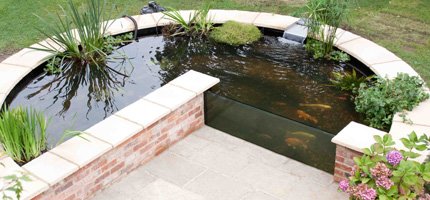Making a Mould from Liquid Latex
Making a mould from Liquid Latex is a relatively simple process as a result of its easy to use nature and versatility. It is also an extremely cost-effective way to produce a mould, not only in terms of material costs but also in relation to the long-lasting properties of this material.
Whilst cost benefits and durability are two of the key benefits of this process, one of the drawbacks is the length of working time. It can be a lengthy process as Latex moulds are built through multiple layer application.
With the right preparation and application tips, you can easily make many duplicates of your chosen item.
What you will need;
- An object to mould
- Liquid Latex






